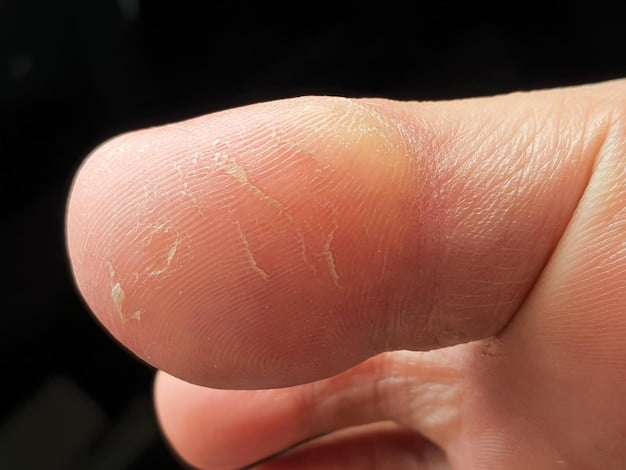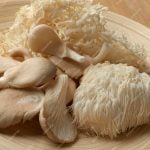
Contents
Introduction
Pregnancy is a beautiful journey filled with various physical and emotional changes. Among the many alterations that occur in a woman’s body during this time, one that is not often talked about is hyperkeratosis areola. In this article, we will delve into what hyperkeratosis areola is, its causes, symptoms, and how to manage it during pregnancy.
What is Hyperkeratosis Areola?
Hyperkeratosis areola, also known as nipple keratosis, is a condition where the skin around the nipple and areola becomes thicker and develops a scaly texture. This condition can be concerning for expectant mothers as they experience changes in their breasts and nipples.
Causes of Hyperkeratosis Areola During Pregnancy
Hormonal Changes
One of the primary causes of hyperkeratosis areola during pregnancy is hormonal fluctuations. Pregnancy triggers an increase in hormone levels, particularly estrogen and progesterone. These hormonal changes can affect the skin’s sebaceous glands, leading to an overproduction of keratin, a protein responsible for skin thickness.
Increased Blood Flow
Pregnancy brings about an increased blood flow to various parts of the body, including the breasts. This enhanced circulation can result in changes in the skin’s appearance and texture, contributing to hyperkeratosis areola.
Symptoms
Thickened Skin
The most noticeable symptom of hyperkeratosis areola is the thickening of the skin around the nipple and areola. This can sometimes resemble a callus or rough texture.
Itching and Discomfort
Expectant mothers may also experience itching and discomfort in the affected area due to the changes in skin texture.
Managing Hyperkeratosis Areola During Pregnancy
Moisturization
Regularly moisturizing the nipple and areola area can help alleviate discomfort and reduce the severity of hyperkeratosis areola.
Proper Bra Support
Wearing a well-fitting and supportive bra can reduce friction and irritation on the affected area, promoting comfort.
Consultation with a Dermatologist
If hyperkeratosis areola becomes bothersome or painful, it’s essential to consult a dermatologist or healthcare provider. They can recommend specific creams or treatments safe for pregnant women.
Conclusion
In conclusion, hyperkeratosis areola is a skin condition that can occur during pregnancy due to hormonal changes and increased blood flow. While it can be uncomfortable, it is usually not a cause for concern. Proper moisturization, wearing a supportive bra, and seeking medical advice when necessary are essential steps in managing this condition during pregnancy.
FAQs
- Is hyperkeratosis areola a common condition during pregnancy?
- Yes, it is relatively common, and many pregnant women experience some degree of nipple and areola changes.
- Can hyperkeratosis areola be prevented during pregnancy?
- It cannot always be prevented, but proper skincare and wearing a supportive bra can help manage the condition.
- Is hyperkeratosis areola harmful to the baby during pregnancy?
- No, it does not pose any harm to the baby. It is a benign skin condition.
- Does hyperkeratosis areola go away after pregnancy?
- In most cases, it gradually improves and may disappear after childbirth.
- When should I see a doctor about hyperkeratosis areola?
- If you experience severe discomfort, pain, or if the condition worsens, it’s advisable to consult a healthcare professional.




